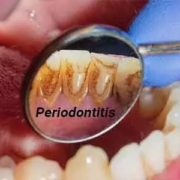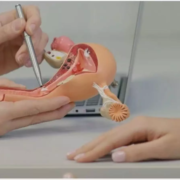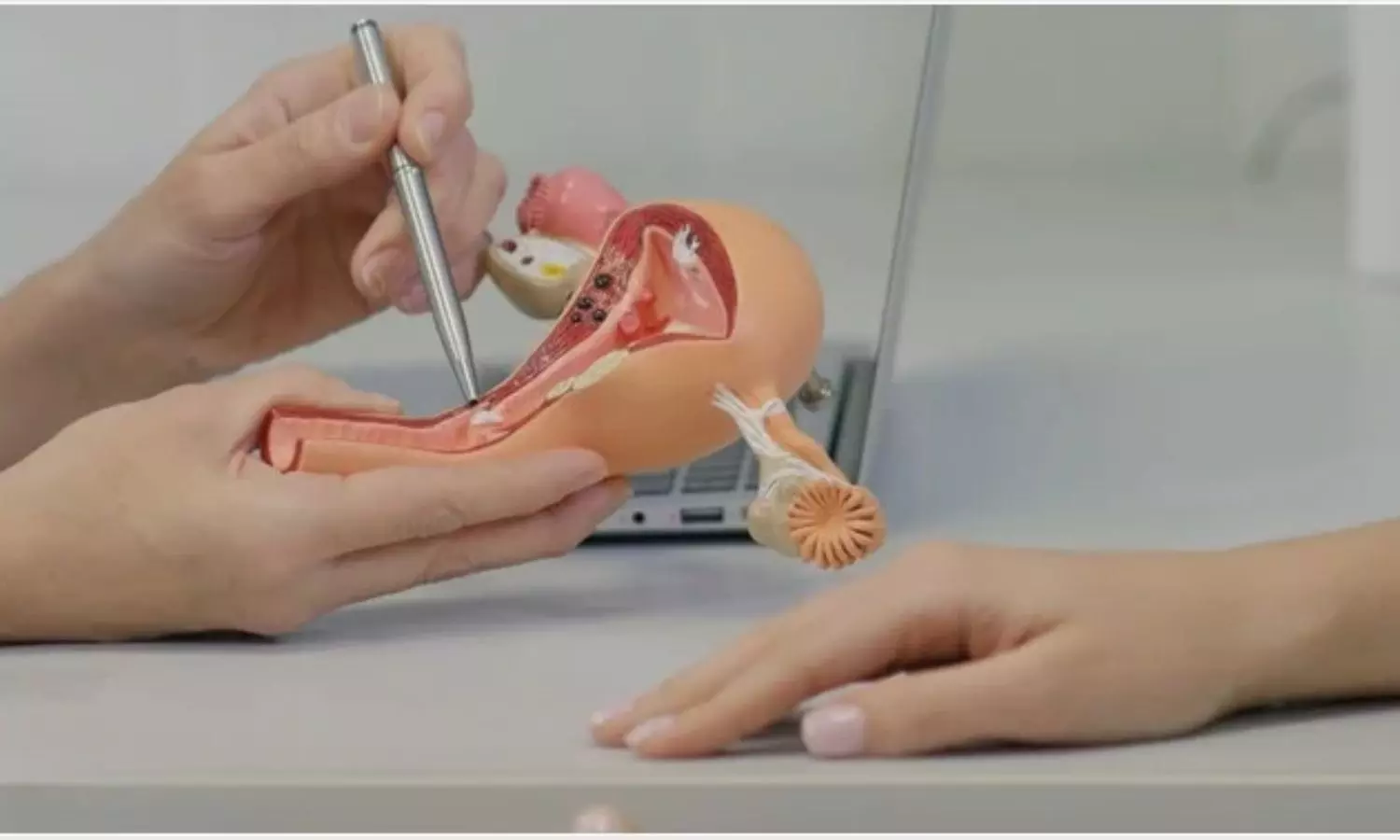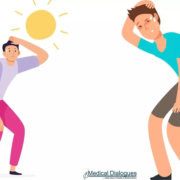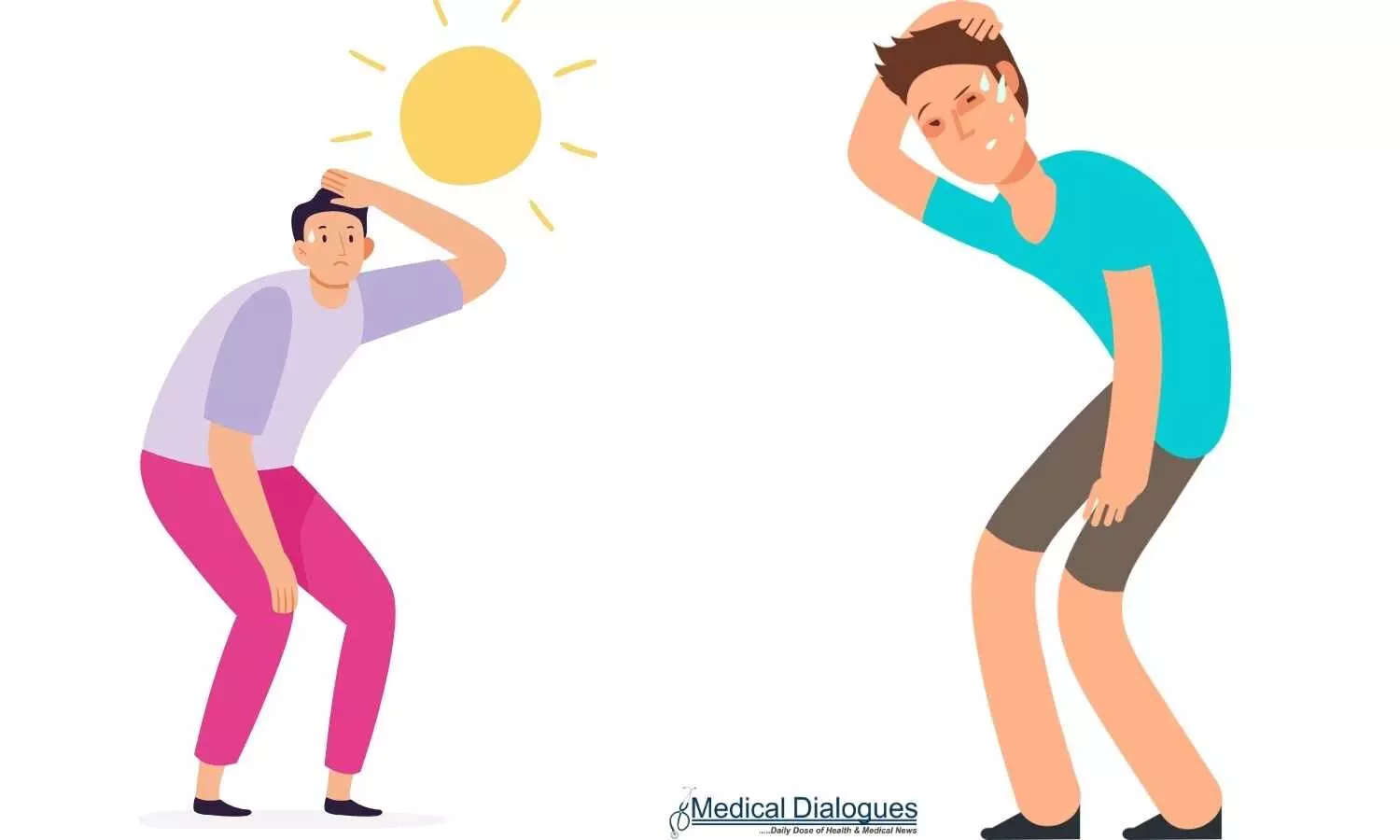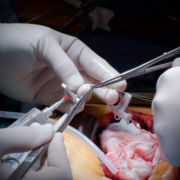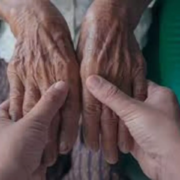Study Finds Periodontitis Significantly Increases Glaucoma Risk
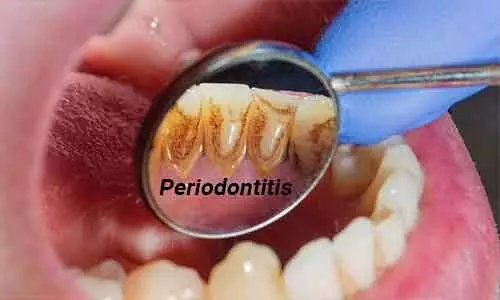
Researchers have found in a new study that periodontitis, a common inflammatory disease of the gums and tooth support structures, is strongly associated with open angle glaucoma (OAG), particularly in individuals aged over 40 years, men, and diabetics. The study was conducted by Jeong H. N. and colleagues published in the Journal of Glaucoma.
This cross-sectional population-based questionnaire utilized the Korean National Health and Nutrition Examination Survey (KNHANES) data for 2010–2011 to determine whether periodontitis subjects are at greater risk of OAG, a chronic ocular condition that causes irreversible vision impairment if not treated. The finding of this study highlights that oral health could be implicated in ocular disease prevention or attenuation, especially among susceptible populations.
The research started with the assessment of 17,478 participants from the KNHANES database and narrowed the sample to 3,681 adults aged ≥19 years who had complete and valid data from dental and ophthalmologic examinations. Exclusion factors were thorough, excluding participants with a history of ocular surgeries (e.g., cataract, retina, or refractive surgery), with age-related macular degeneration, pregnant women undergoing orthodontic therapy, or with missing clinic data. The final population was stringently evaluated for periodontitis and glaucoma according to standardized definitions.
Periodontal health was determined by the World Health Organization’s (WHO) Community Periodontal Index (CPI), and glaucoma was diagnosed according to International Society of Geographical and Epidemiological Ophthalmology (ISGEO) criteria.
Key Findings
-
197 out of 3,681 participants (4.59%) were found to have glaucoma, while 3,484 (95.41%) did not have it.
-
Among the patients with glaucoma, 80 (39.48%) also had periodontitis.
-
However, among the individuals without glaucoma, 892 (22.20%) had periodontitis.
The presence of periodontitis was strongly related to glaucoma:
-
Odds Ratio (OR): 1.53
-
95% Confidence Interval (CI): 1.06–2.22
-
P < 0.001 after age, sex, diabetes (DM), hypertension (HTN), smoking, and alcohol consumption adjustment.
Subgroup analyses indicated even greater associations in specific groups:
-
For those ≥40 years old, the OR was 1.75 (95% CI: 1.18–2.61).
-
In men, the OR was 1.65 (95% CI: 1.01–2.70).
-
In diabetic patients, the OR was 2.70 (95% CI: 1.46–5.02), indicating they were almost three times more likely to have glaucoma if also diagnosed with periodontitis.
These results reinforce the developing understanding of the mouth–eye relationship and necessitate more longitudinal studies investigating causal pathways and mechanisms. Incorporation of monitoring for oral health into general health evaluations has the potential to enhance the early detection and prevention of glaucoma and perhaps other systemic conditions.
Reference:
Noh, J. H., Lee, M. Y., Yoo, C., Sung, K. R., & Kim, J. M. (2025). Relationship Between Periodontitis and Open Angle Glaucoma: The Korea National Health and Nutrition Examination Survey. Journal of glaucoma, 34(8), 565–574. https://doi.org/10.1097/IJG.0000000000002584
Powered by WPeMatico

